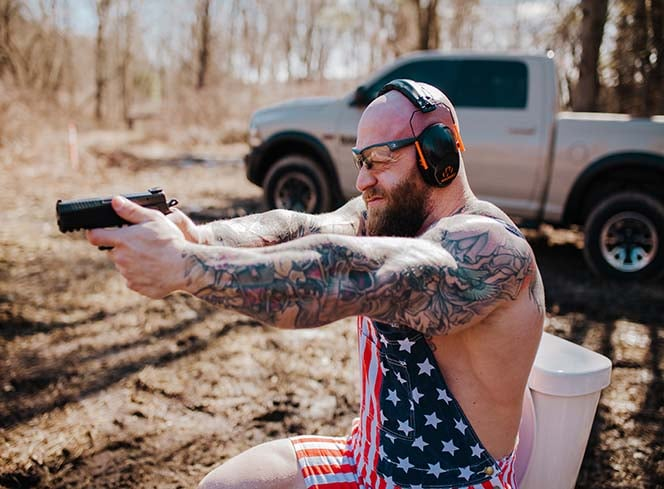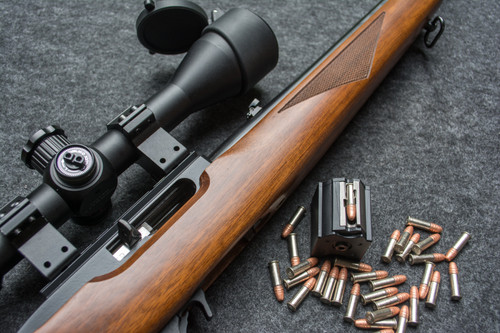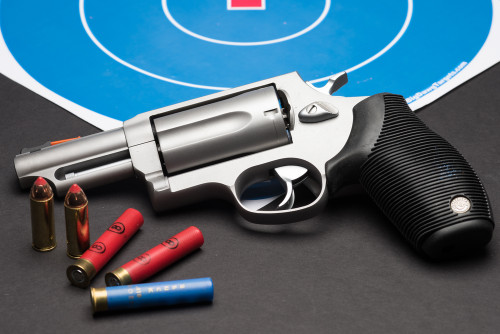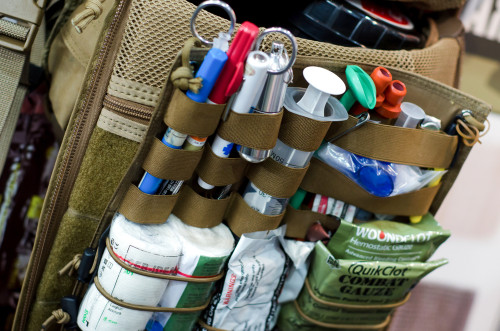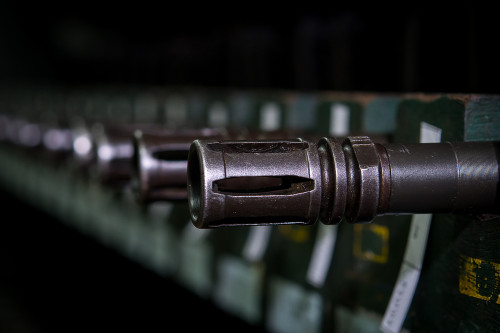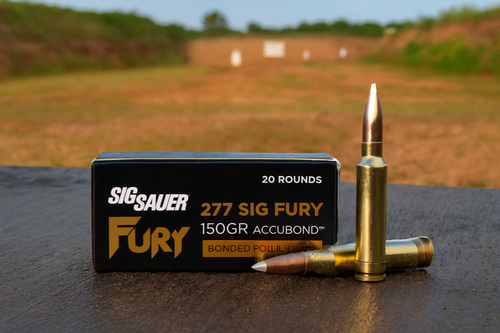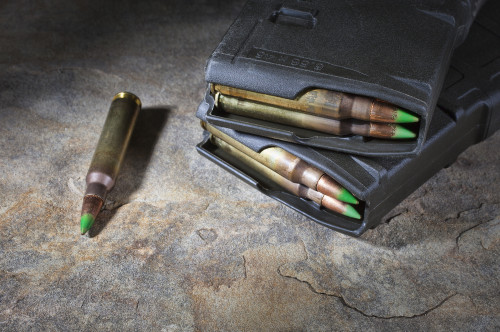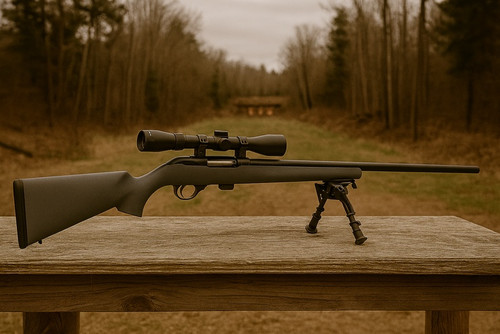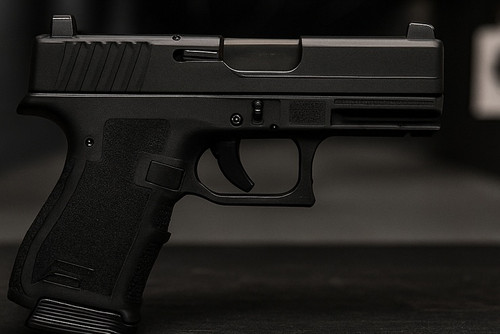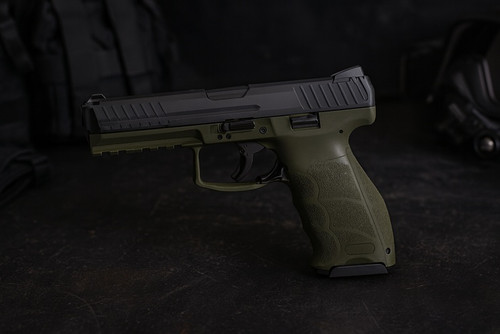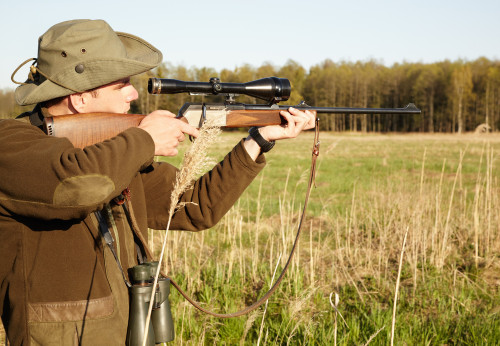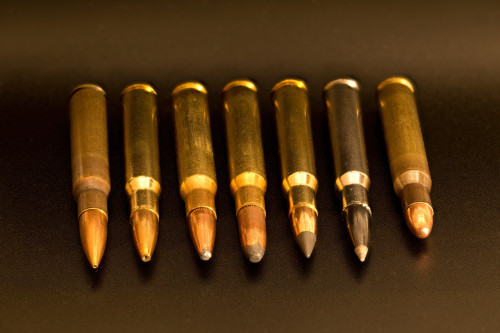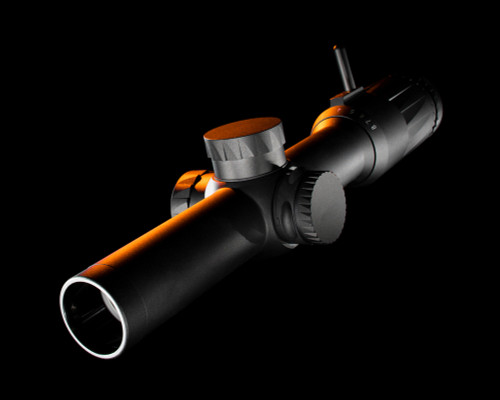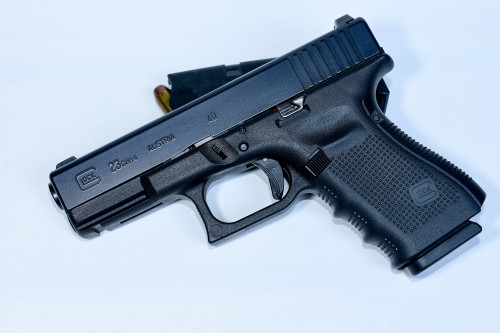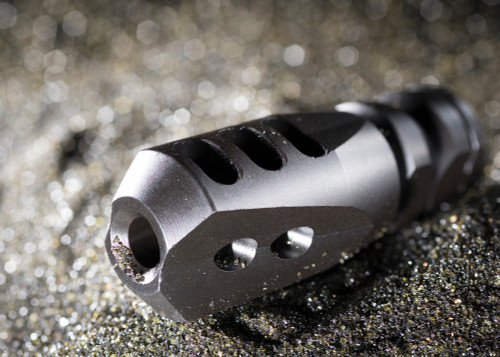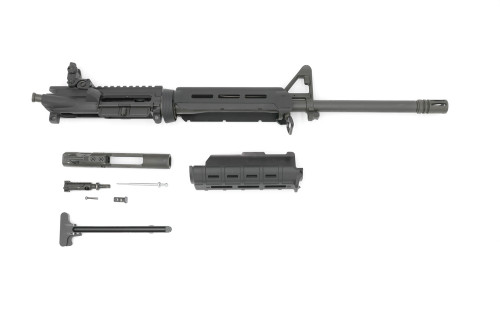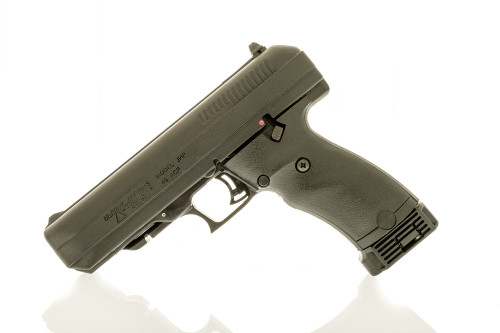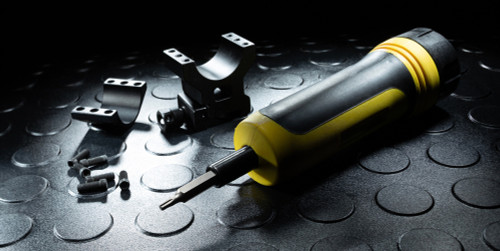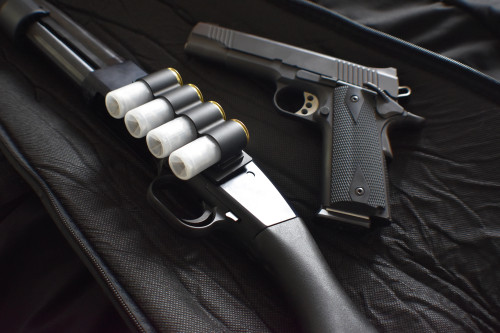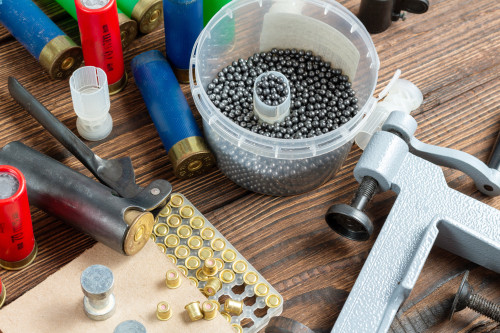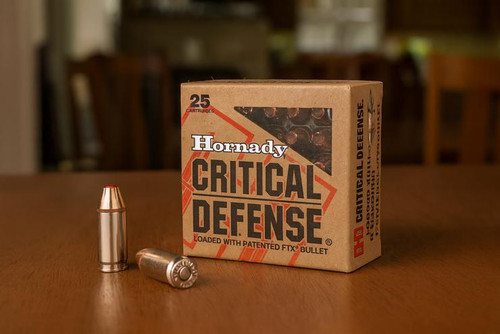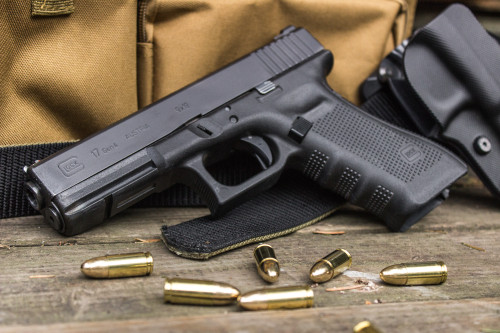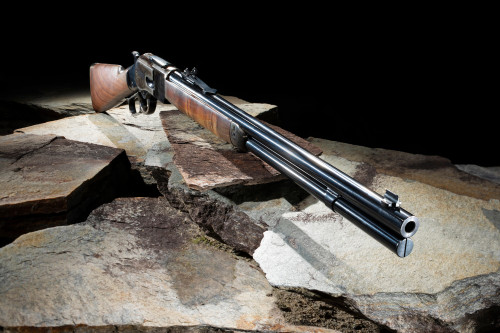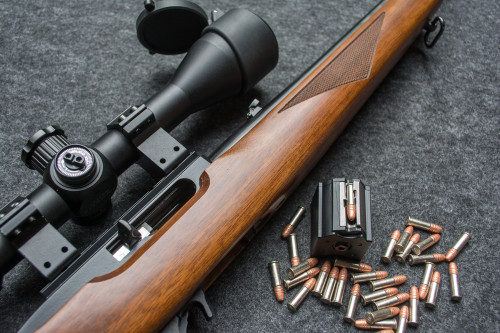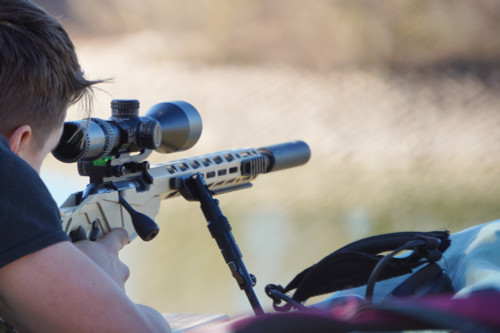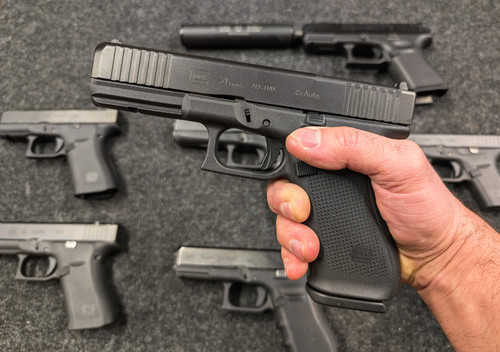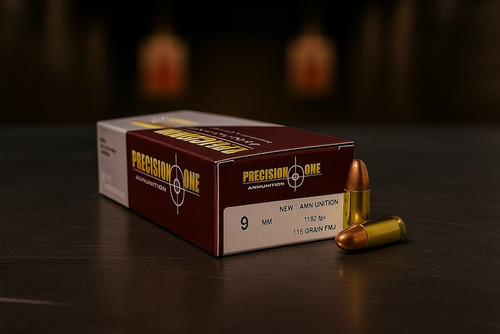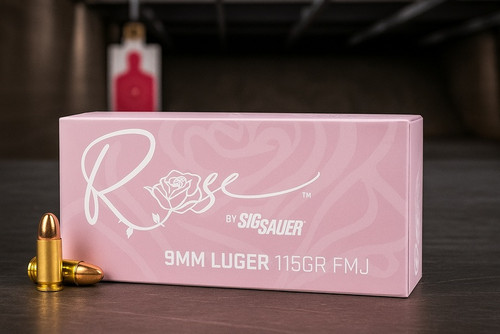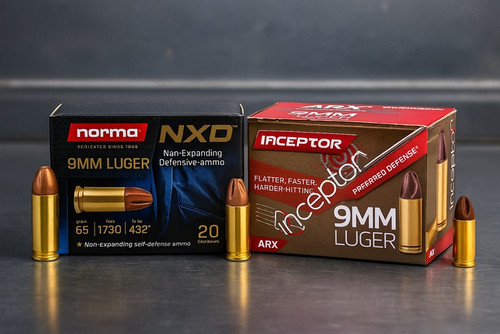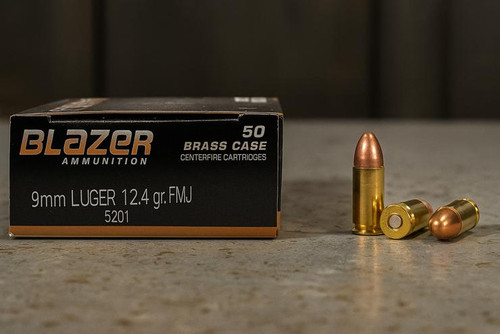What Is 115-Grain 9mm and Why Is It So Popular?
If you’ve spent any time around guns or ammo aisles, you’ve probably seen 115-grain 9mm more than any other type. It’s everywhere—from bulk packs at big box stores to defensive loads in your local gun shop. But what makes it so common?
Simply put: it’s the “Goldilocks” of 9mm loads. Not too heavy, not too light—it delivers a solid mix of speed, manageable recoil, and low cost. This weight class has roots in early NATO standardization and remains a staple for both manufacturers and shooters because it works across nearly every 9mm platform, from full-size duty pistols to subcompact carry guns.
It’s also a preferred weight for manufacturers because it’s cost-efficient to produce and extremely versatile in terms of firearm compatibility. Whether you're running a Glock 17 or a compact Sig Sauer P365, chances are it’ll feed and fire 115-grain without issue. It's often the first bullet weight new shooters experience, which reinforces its popularity through sheer familiarity. And from a logistics standpoint, it’s a smart choice—easy to stock, easy to shoot, and easy to recommend.
Ballistics Basics: What You’re Really Getting
Speed and Recoil
115-grain 9mm usually pushes around 1,150 to 1,200 feet per second (fps). That’s quick—especially compared to heavier 124- or 147-grain rounds, which generally run a bit slower. The lighter projectile translates into:
- Flatter trajectory at typical pistol distances
- Less perceived recoil in full-size handguns
- Snappier cycling that feels brisk, not punishing
This level of velocity helps reduce bullet drop over distance, making it easier to hit steel or paper without needing to adjust for elevation. The softer recoil profile, especially in duty-size pistols, allows for quicker target reacquisition and shorter split times between shots. It’s one of the reasons 115-grain is favored for shooting sports like USPSA and IDPA. However, that increased slide velocity in compact guns can make recoil feel more abrupt, even if the overall force is lighter.
Accuracy and Stability
At practical ranges (think 7–25 yards), most quality 115-grain loads are plenty accurate, easily holding tight groups with a steady hand. For competitive or defensive shooting drills, it’s a reliable performer.
That said, 115-grain bullets—due to their lighter mass—can be more susceptible to wind drift or long-range instability. Precision shooters who push distances past 25 yards may notice heavier rounds offering better consistency. The high velocity of 115-grain rounds also causes them to decelerate more rapidly, which may slightly affect downrange stability. While most casual shooters won’t notice, those competing in bullseye or precision disciplines might prefer heavier weights for this reason. Still, for everyday training and defensive scenarios, the differences are minimal.
How It Holds Up in Real-World Use
Positive Impressions
- Cost-effective: One of the cheapest types of 9mm to buy in bulk
- Low recoil: Great for new shooters or high-round count training days
- High compatibility: Runs reliably in almost every modern 9mm pistol and PCC
- Widely available: Offered by nearly every major brand—Federal, Blazer, Magtech, Winchester, and more
Whether you're running drills or just plinking on a Saturday, 115-grain FMJ is a go-to. It's ideal for instructor-led courses or any environment where you’re expected to shoot hundreds of rounds in a session. Many training schools and academies even recommend 115-grain FMJ as the standard choice for students. Its low cost helps shooters build muscle memory without worrying about the financial strain of more expensive defensive loads. In short, it offers consistent, low-stress performance with almost universal compatibility.
Constructive Criticism
Over-penetration concern in training rounds, under-penetration concern in some defensive loads. FMJs can zip through targets without expanding, which is a liability in defensive scenarios. Some budget 115-grain hollow points may expand too quickly and fail to reach FBI-recommended penetration depths (12–18 inches in ballistic gel).
Slide velocity in small guns: Faster cycling can create timing issues in ultra-compact pistols, possibly affecting grip retention and accuracy during rapid fire.
The other critique worth mentioning is its limited terminal ballistics through barriers like auto glass, drywall, or heavy clothing. While modern 115-grain hollow point designs have improved greatly, they still don’t always offer the same energy retention or deep penetration as 124- or 147-grain bullets. And in extreme cold-weather environments, where multiple layers of clothing can impact bullet performance, heavier loads may offer more consistent expansion and depth. For serious defensive use, it pays to vet your specific ammo brand and test it in your firearm before relying on it.
Use Cases: Where 115-Grain Excels (and Where It Might Not)
Range and Training
This is where 115-grain ammo shines. It’s:
- Affordable and reloadable (especially brass-cased versions)
- Consistent enough for classes and competition
- Easy on your gear—less wear and tear over thousands of rounds
For basic marksmanship, drills, or action pistol games, it’s hard to beat. You can shoot 200 to 500 rounds in a day without beating up your gun—or your wrist. Many shooters favor it for long training sessions or when introducing new shooters to firearms, thanks to its low recoil and milder report. It also burns relatively clean compared to heavier, subsonic loads. And since it feeds well in both pistols and pistol-caliber carbines, it offers great crossover value.
Self-Defense and Carry
Can it work for personal protection? Yes—with a caveat.
You’ll want to skip the cheap hollow points and go straight for proven defensive loads. Look for names like:
- Federal HST
- Speer Gold Dot
- Hornady Critical Defense
- Winchester Ranger T-Series
These loads are engineered for reliable expansion and FBI-compliant penetration, even in the 115-grain category. Testing from reputable sources has shown these rounds to perform well in scenarios involving heavy clothing and intermediate barriers. Still, some concealed carriers opt for heavier bullets for greater momentum and better performance in barrier-blind applications like vehicle defense. It ultimately depends on your firearm, expected use case, and comfort level. The key is to choose premium ammo and test your specific setup for reliability and accuracy.
Quick Performance Breakdown
| Category | Rating (1–5) | Summary |
|---|---|---|
| Affordability | 5.0 | One of the cheapest, most accessible rounds available |
| Recoil Control | 4.5 | Low recoil helps newer shooters and rapid-fire control |
| Accuracy | 4.0 | Excellent within typical pistol distances |
| Penetration | 3.0 | Adequate with quality JHPs; FMJs over-penetrate, cheap JHPs can underperform |
| Versatility | 4.0 | Perfect for training, good for defense with vetted loads |
| Availability | 5.0 | Stocked by nearly every major manufacturer |
Overall Score: 4.2 / 5 A Highly Practical, Well-Rounded Performer
This balance of characteristics makes 115-grain ammo a staple for casual and serious shooters alike. It’s not the best at everything, but it rarely lets you down when chosen appropriately. If you're evaluating ammo based on value, ease of use, and general effectiveness, it’s hard to beat. The few compromises it comes with are often manageable or avoidable with proper load selection. And with so many reputable brands producing high-performance options in this weight, you're spoiled for choice.
The Final Word: Should You Load Up on 115-Grain?
Absolutely—but know what you’re getting.
For range days, classes, and casual shooting, 115-grain FMJ is arguably one of the best values in 9mm. It’s dependable, consistent, and widely supported by nearly every pistol on the market.
For personal defense, it can work very well—but you need to vet your load carefully. Stick with premium hollow points that have proven performance in ballistics testing, and avoid unknown or bargain-basement brands.
If you prioritize barrier-blind performance or deeper penetration, stepping up to 124- or 147-grain may be smart. But if you want something affordable, flexible, and field-proven, 115-grain remains a solid option.
The load’s popularity isn’t just due to marketing or inertia—it truly delivers on a wide range of needs for most civilian shooters. Whether you’re stacking mags for a defensive class or loading a carry gun for EDC, the right 115-grain load will likely get the job done. It's the kind of round you can stock up on with confidence, knowing it covers most practical bases with few real drawbacks.
Final Takeaway: 115-grain 9mm isn’t just popular—it’s practical. With smart ammo selection and proper training, it can meet the needs of most shooters for both fun and function. Just like any tool, it’s all about matching the load to the mission. Whether you're prepping for a range weekend or building your carry rotation, 115-grain deserves consideration for a place in the mix.
FAQs
1. Why is 115-grain the most common 9mm ammo weight?
115-grain ammo offers the best blend of velocity, recoil control, and price, making it the go-to choice for training, casual range use, and even light competition. It cycles reliably in nearly every modern 9mm handgun and is widely produced by domestic and international manufacturers.
2. Is 115-grain 9mm good for self-defense?
It can be—if you’re using the right type of projectile. While 115gr FMJ isn’t ideal for personal protection, 115gr jacketed hollow points from trusted brands like Federal or Speer offer effective expansion and sufficient penetration. Just make sure your defensive load is ballistically tested and feeds reliably in your firearm.
3. How does 115gr compare to heavier loads like 124gr or 147gr?
115gr ammo is faster and usually has less felt recoil, which makes it great for fast-paced drills and high-volume shooting. Heavier rounds like 124gr or 147gr tend to have more momentum and better performance through barriers, but also produce slightly more recoil and muzzle flip in some guns.
4. Is 115-grain 9mm accurate?
Yes. While it may not group as tightly as match ammo, 115gr FMJ can still produce excellent accuracy out to 25 yards—especially in duty-sized pistols. Most shooters will find it more than adequate for practice, qualification, and even some competitive work.
5. What’s the best use case for 115gr 9mm?
It’s a perfect choice for general-purpose shooting—whether you’re running drills, introducing new shooters to 9mm, or just putting in reps at the range. It’s widely available, affordable, and works across a broad spectrum of firearms. Think of it as your everyday ammo for everyday range time.



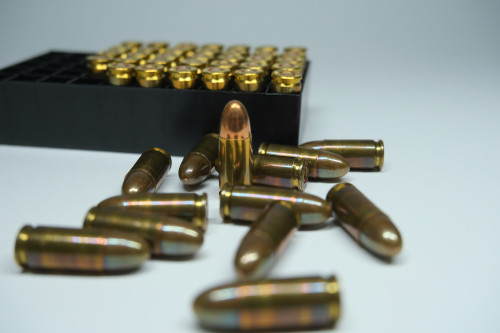
 Pro Armory Editorial Team
Pro Armory Editorial Team